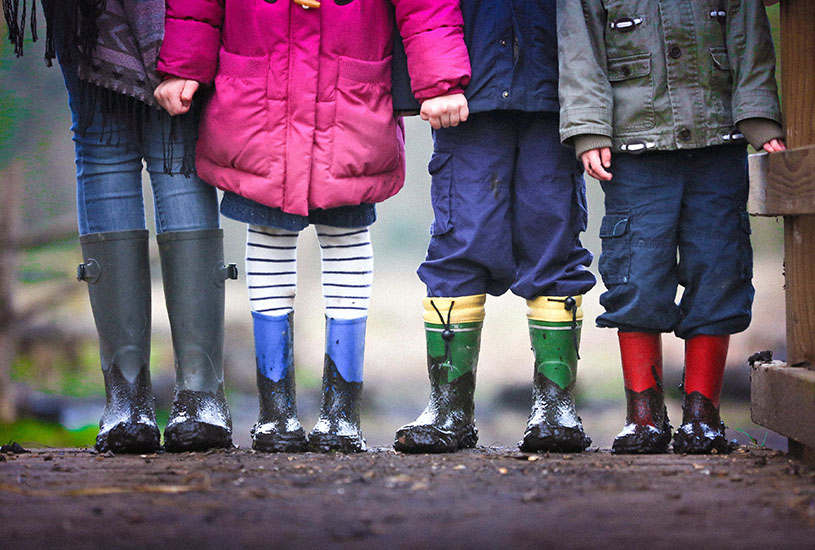The dusty archives of hospitals and charitable organisations reveal the important role children played in 19th century philanthropy.
Many people are familiar with the fundraising activities of local schools, kindergartens and sporting organisations.
Often children are enlisted to sell chocolates, participate in walkathons or talk Mum and Dad into working on the sausage sizzle.
However, according to a Deakin University researcher, in the 19th and early 20th centuries, children were much more central to fundraising for broader causes, such as hospitals, missionary societies and international aid agencies.
Dr Kristine Moruzi, from Deakin’s School of Communication and Creative Arts’ Contemporary Histories Research Group, has researched the role of children as active fundraisers as part of her ARC Discovery Early Career Researcher Award project relating to children and philanthropy in the 19th century.
Dr Moruzi explained that her interest in the topic was sparked by discovering “pages and pages” listing the names of hundreds of children who had donated money to London’s Great Ormond Street Hospital through “Aunt Judy’s Magazine,” a British children’s publication from the late 1800s.
“The hospital contacted the magazine to ask their young readers to sponsor a hospital cot for the children’s ward. They needed 1000 pounds for one cot in perpetuity, and they ended up with 3000 pounds,” Dr Moruzi said.
“That’s a lot of sixpences, from a lot of children. It made me wonder how children at that time were encouraged to see themselves as people who should help others, and how charitable organisations engaged children to raise money for their cause.”
Fortunately Dr Moruzi was able to find “all sorts of examples” in magazines and pamphlets from hospitals and missionary and children’s societies.
“Organisations used very robust practices to engage children, offering rewards or membership,” she said.
“They would also appeal to the children’s ‘better selves,’ encouraging them to donate in the spirit of sacrifice – for example, ‘don’t spend your penny on lollies, give it to us to help other people’.
[testimonial_text]There was very much a sense that you undertook philanthropic activities because you were a good Christian child and it was a good Christian thing to do.[/testimonial_text]
[testimonial_picture name=”Dr Kristine Moruzi” details=”Deakin’s School of Communication and Creative Arts”]
 [/testimonial_picture]
[/testimonial_picture]“That orientation has shifted a little with the separation of church and state – there is more of a social motivation to it now than a religious one.”
As part of her work, Dr Moruzi has looked at the different ways branches of the Junior Red Cross in Australia, Canada and the UK engaged children in philanthropic activities.
Although the Junior Red Cross was not formally established until the 1920s, children were actively involved in Red Cross fundraising activities in all three countries during the First World War.
“After the war, the organisation began thinking more formally about how to attract children as supporters and how children could be involved,” Dr Moruzi said.
“The NSW branch created the first Australian Junior Red Cross magazine for children, but while it focused on raising funds for soldiers’ convalescence homes in NSW, the Canadian and British magazines had a more national outlook and were very focused on children’s health as a charitable cause.
“They encouraged children to raise money for children’s hospitals and children’s operations, so that other children could be healthy as well.
“There was a real focus on hygiene, exercise and good food. It’s quite interesting how they intertwined attitudes about health and charity.”
Dr Moruzi will present “Children, Charity and the Red Cross” at the (Re)Examining Historical Childhoods Conference in Melbourne from 12-13 December, along with other Deakin academics including Contemporary Histories Research Group members Dr Bart Ziino and Ms Emma Hayes, as well as Dr Michelle Smith and Dr Sue Chen.



